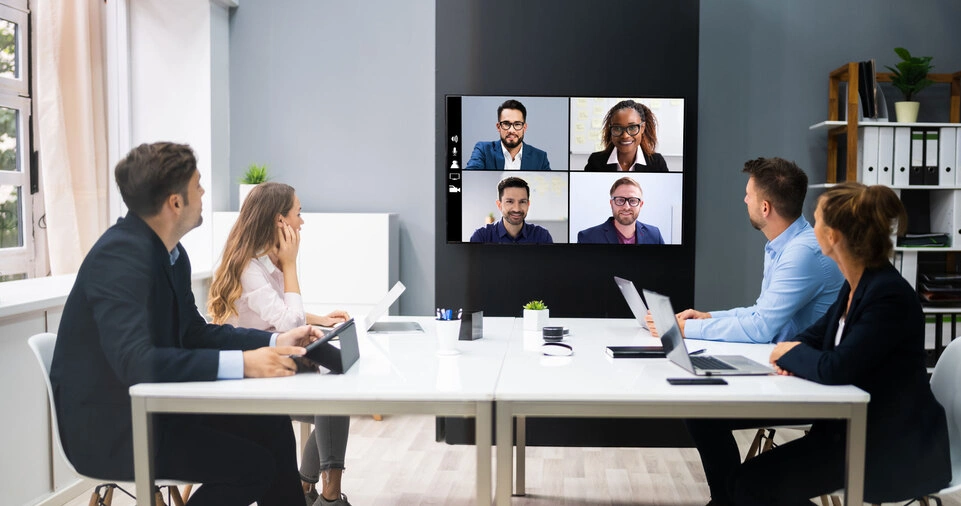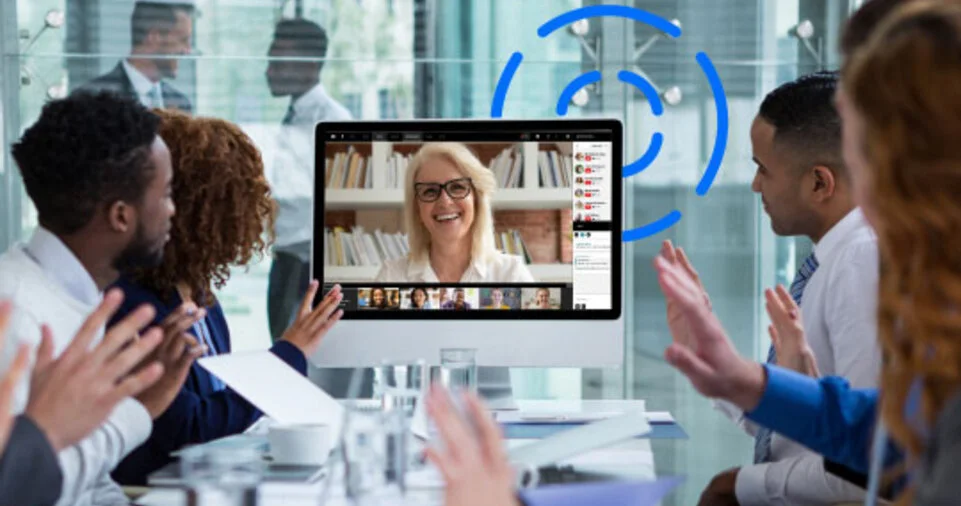In today’s interconnected world, communication has transcended physical boundaries, enabling individuals and organizations to collaborate across the globe.
However, geographical distances, cultural differences, and language barriers often create communication gaps that hinder effective interaction.
Fortunately, advancements in voice and video tools have revolutionized the way we connect, offering dynamic solutions to bridge these gaps.
Whether you are managing a remote team, conducting international business, or staying in touch with loved ones, leveraging these tools effectively can transform your communication experience.
This guide explores how to use voice and video tools to foster clear, inclusive, and engaging communication.
From choosing the right platform to overcoming cultural barriers and enhancing accessibility, we delve into actionable strategies to ensure seamless connections.
By incorporating the latest features and best practices, you can minimize misunderstandings, enhance collaboration, and build stronger relationships, regardless of physical or linguistic limitations.
Choosing the Right Voice and Video Tools
Understanding Your Needs
Before diving into the vast array of communication tools, it’s crucial to assess your specific requirements.
Are you hosting a formal business meeting, delivering a training session, or having a casual conversation with a friend?
Different scenarios demand distinct features, and selecting the right tool ensures efficiency and effectiveness.
- Business Communication: Platforms like Zoom, Microsoft Teams, and Google Meet are ideal for professional settings. They offer features like screen sharing, breakout rooms, and integrations with project management tools.
- Casual Conversations: Apps like WhatsApp, FaceTime, and Messenger provide simple interfaces for quick voice or video chats.
- International Collaboration: For cross-border communication, tools with real-time translation features, such as Skype Translator, can be invaluable.
Evaluating Key Features
When selecting a tool, consider the following:
- Audio and Video Quality: Look for platforms offering high-definition audio and video to minimize disruptions.
- Ease of Use: Ensure the tool is user-friendly, especially if participants have varying levels of tech-savviness.
- Security: Prioritize platforms with strong encryption and privacy settings to safeguard sensitive information.
- Device Compatibility: Choose tools accessible across different devices, including smartphones, tablets, and desktops.
Ensuring Accessibility for All Participants
Addressing Technological Constraints
One of the primary challenges in virtual communication is ensuring that all participants have access to the necessary technology.
- Internet Connectivity: Provide alternatives for those with limited internet access, such as phone dial-ins or low-bandwidth modes.
- Device Availability: Ensure the tool supports a range of devices to accommodate participants using older hardware.
Inclusivity and Accessibility Features
Modern tools offer several features to enhance inclusivity:
- Live Captions: Platforms like Google Meet and Zoom provide automatic captions, making communication more accessible for individuals with hearing impairments.
- Language Support: Use tools with multilingual support or translation features to bridge language gaps.
- Flexible Participation Options: Offer recorded sessions for participants who may not be able to join live due to time zone differences.
Setting Clear Objectives for Communication
Defining the Purpose
Effective communication begins with clarity of purpose.
Before initiating a call or meeting, define your objectives:
- What is the goal of the interaction?
- What outcomes are expected?
- Who are the key participants?
Clear objectives ensure that the conversation stays focused and productive.
Preparing an Agenda
An agenda provides structure and ensures that all critical topics are covered.
Share it with participants in advance to:
- Help them prepare relevant materials or questions.
- Minimize off-topic discussions.
- Allocate time efficiently for each agenda item.
ALSO READ: How to Manage Time Zones in International Team Meetings
Leveraging Features to Enhance Understanding

Using Screen Sharing and Visual Aids
Visual aids are powerful tools for clarifying complex ideas:
- Screen Sharing: Demonstrate software, presentations, or workflows directly to participants.
- Whiteboards: Use virtual whiteboards for brainstorming sessions or visual explanations.
- Infographics: Supplement verbal communication with images or diagrams to enhance comprehension.
Recording and Documentation
Recording meetings allows participants to revisit discussions and reduces the risk of miscommunication:
- Share recordings with team members who couldn’t attend.
- Create meeting summaries or transcripts for easy reference.
- Use these records for training or compliance purposes.
Overcoming Cultural and Linguistic Barriers
Being Mindful of Cultural Differences
Cultural diversity enriches communication but also poses challenges.
To bridge cultural gaps:
- Schedule Meetings Considerately: Respect time zones and national holidays.
- Avoid Idiomatic Language: Use clear and straightforward language to prevent confusion.
- Be Respectful: Show awareness of cultural norms and etiquette.
Using Translation and Interpretation Tools
Language should never be a barrier to effective communication.
Tools like Skype Translator or Zoom’s live interpretation feature can:
- Translate conversations in real time.
- Enable multilingual meetings.
- Foster inclusivity in international collaborations.
Engaging Participants Effectively
Active Listening Techniques
Active listening ensures participants feel heard and valued:
- Acknowledge Input: Summarize or repeat key points to confirm understanding.
- Encourage Questions: Create an open environment where participants feel comfortable seeking clarification.
- Use Non-Verbal Cues: In video calls, gestures and facial expressions can reinforce engagement.
Interactive Features
Most tools offer features to boost interaction:
- Polls and Q&A: Collect feedback or gauge opinions during meetings.
- Breakout Rooms: Facilitate smaller group discussions for in-depth collaboration.
- Chats: Allow participants to share links, documents, or comments without interrupting the flow of the meeting.
Testing and Training for Effective Use

Conducting Test Runs
Before using a new tool for an important meeting, conduct a test run:
- Verify that all features work as expected.
- Familiarize participants with the interface.
- Address potential technical issues proactively.
Providing Training and Support
Not everyone may be comfortable with new technologies.
Offer:
- Tutorials: Share step-by-step guides or videos.
- Live Training: Host sessions to demonstrate features and answer questions.
- Ongoing Support: Assign a tech-savvy team member to assist with troubleshooting.
Gathering Feedback and Following Up
Soliciting Feedback
Feedback helps improve future interactions.
After a meeting:
- Ask participants about their experience with the tool.
- Identify areas for improvement, such as technical glitches or unclear communication.
Sharing Summaries and Next Steps
Summarize key points discussed during the meeting and outline next steps:
- Share action items and deadlines.
- Provide any necessary follow-up materials, such as documents or links.
- Use email or messaging apps to keep the conversation going.
Conclusion
Voice and video tools have become indispensable for bridging communication gaps in a globalized world.
By choosing the right platform, prioritizing accessibility, and leveraging advanced features, you can overcome geographical and cultural barriers with ease.
Implementing best practices, such as setting clear objectives, using visual aids, and fostering inclusivity, ensures that your communication is effective and engaging.
With continuous feedback and adaptation, these tools can help you build stronger relationships, enhance collaboration, and achieve your communication goals seamlessly.







